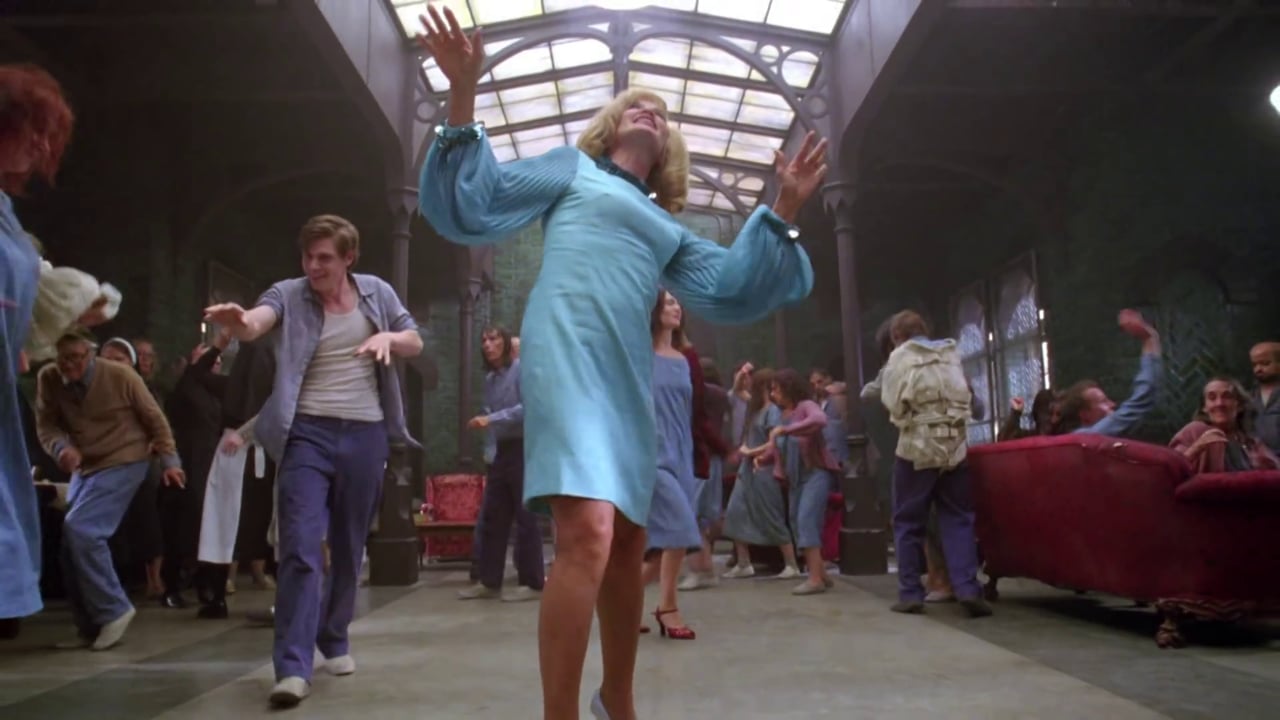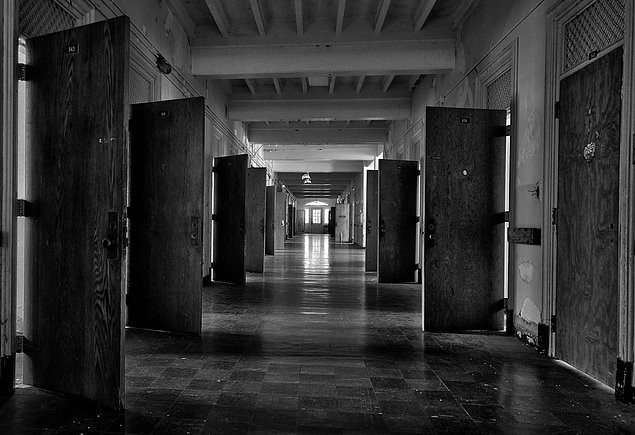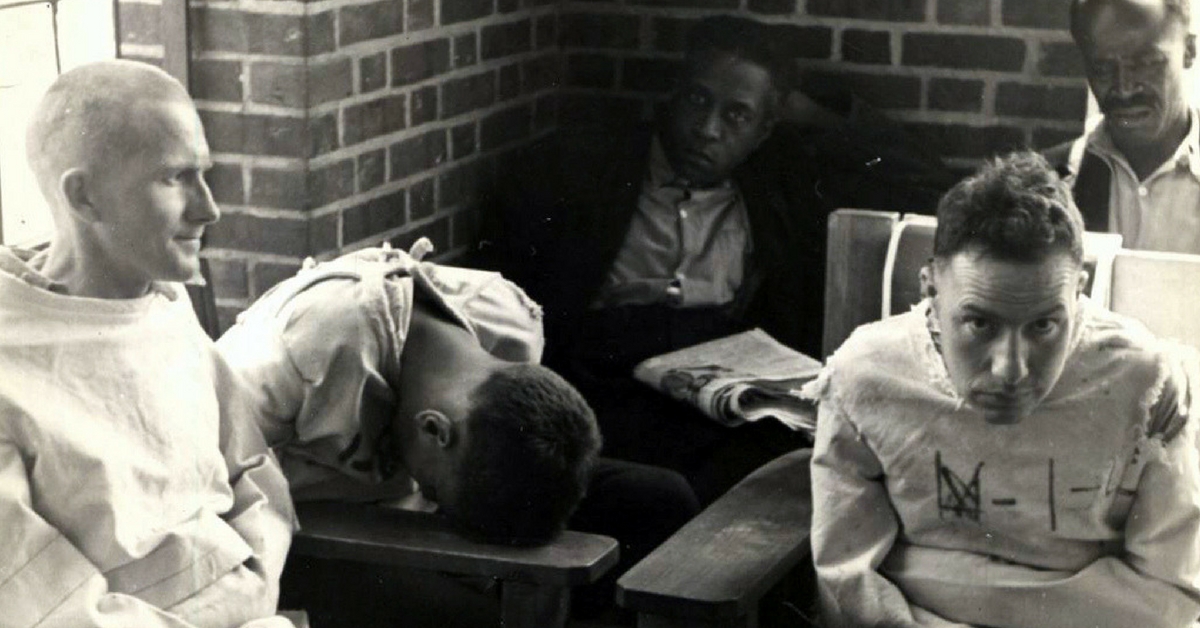In the early 1970s, Dr. David Rosenhan, a psychiatrist and Stanford University professor conducted a risky experiment to determine the validity of psychiatric diagnoses. He had healthy people (aka pseudo-patients) fake hallucinations in order to be admitted to several different mental health facilities across the United States. Once admitted the "patients" would begin to act completely normal, telling the doctors and nurses that they were fine and that they wanted to go home.

...they faked auditory hallucinations in order to gain entry into psychiatric hospitals...
Rosenhan published the results from the first part of his study in the peer-reviewed journal, Science in 1973, the study had been titled, On being sane in insane places. The results of his experiment were polarizing; eight completely normal individuals (three women and five men, including Rosenhan himself) attempted to gain entry into 12 different hospitals across five different states under various guises. The truly terrifying aspect, they were all admitted and diagnosed with various psychotic illnesses.
They were forced to admit that they had a mental illness and had to agree to take drugs before being released
In what sounds more like a prison story than a psychiatric hospital, the pseudo-patients were forced to admit that they had mental issues, and had to agree to start taking anti-psychotic drugs before they would be allowed to leave. On average, each one of these completely healthy people were forced to stay for at least 19 days in any of the given psychiatric institutions, and all of them, with the exception of one individual, was "diagnosed" with schizophrenia (in remission) before walking out the hospital doors.

Numerous psychiatrists from around the country questioned the methods and results of Rosenhan's experiment. They challenged him to send pseudo-patients to their institutions as a test to the validity of the experiment, saying that they would be able to easily tell which patients were faking it. Rosenhan agreed, making this stage two of his own experiment.
Over the course of several weeks, the hospital in question had roughly 193 new patients admitted to their facility. The staff said that they identified 41 of these patients as possibly being sent by Dr. Rosenhan, with 19 of them being suspected by at least one doctor and one other staff member. What made this such a truly spectacular disaster... Rosenhan had not sent a single person to that hospital in the role of a "pseudo-patient".
The results of the Rosenhan Experiment truly make you wonder about the state of psychiatric medicine in the United States.
